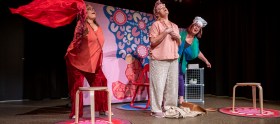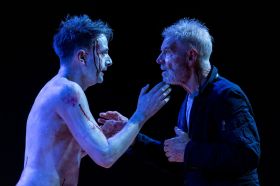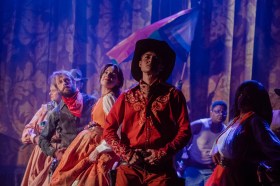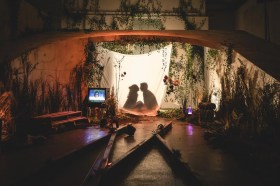The deaths of 15 young backpackers in a deliberately lit fire at The Palace Backpackers Hostel on 23 June 2000 shocked the residents of the small regional Queensland town of Childers, and deeply traumatised the survivors.
Rod Ainsworth is a creative producer, writer and director working in Bundaberg in regional Queensland, and has written a new song cycle – in collaboration with composer John Babbage of Brisbane ensemble Topology – to commemorate the 25th anniversary of the fire. Titled The Palace, the resulting work, which premieres this coming weekend, combines verbatim theatre with contemporary musical composition. It features a 15-member community choir, four voice actors and three vocal leads performing alongside Topology’s five musicians on saxophone, piano, violin, viola and bass.






